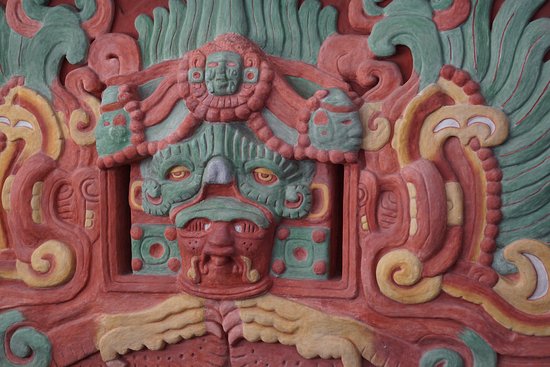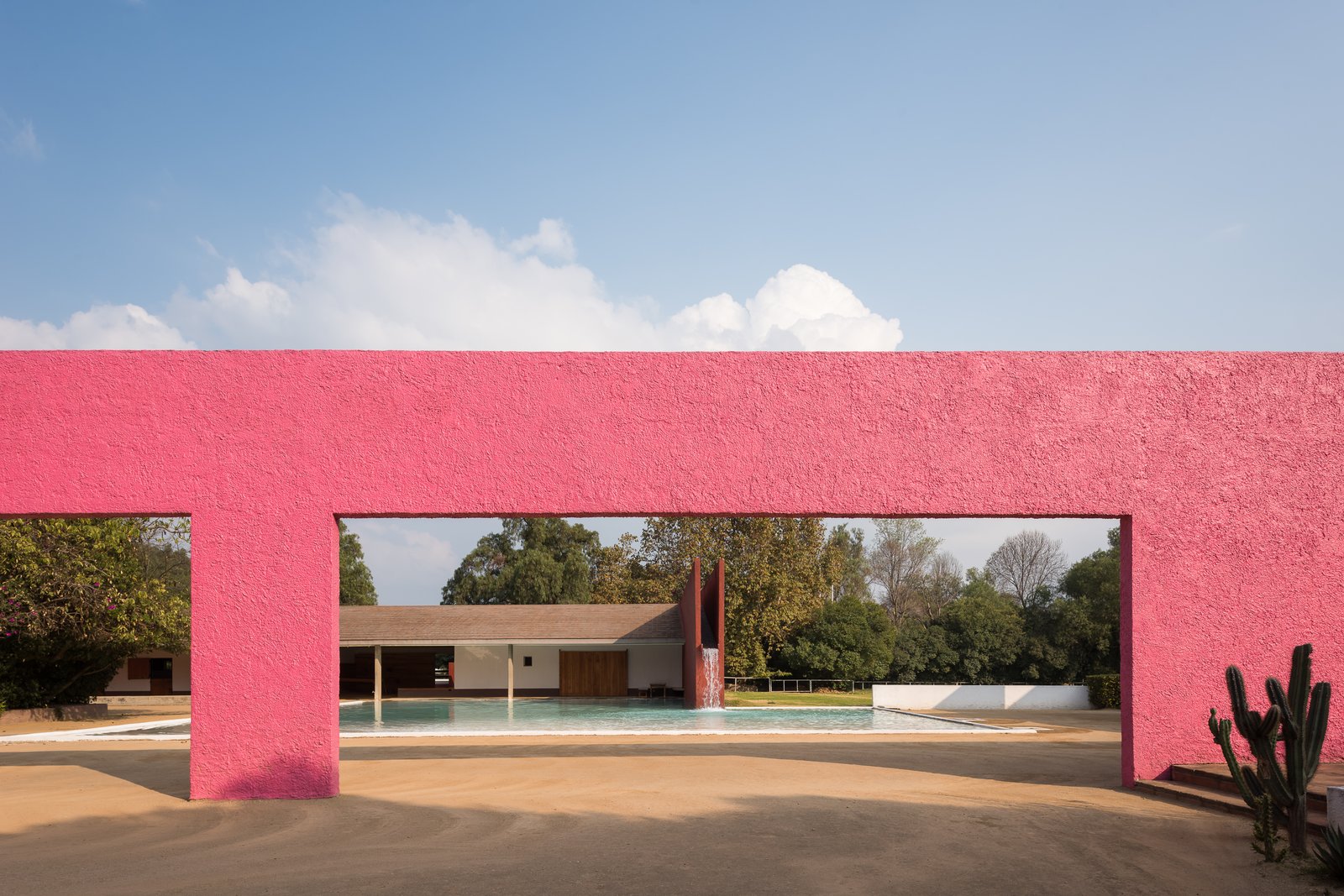Latinx/e Heritage Month
September 28th, 2021

[ Depiction of Tenochtitlan, present day Mexico City ]
In celebration of Latinx/e Heritage Month, we're celebrating Latin America's influence on our landscapes and built environment. [This information was assembled by Katrina Ortiz, who is of Mexican American heritage and has lived in Mexico City.]

[ The Mayan pyramid ‘Rosalila’ was unearthed in pristine condition, showing its vivid colors and intricate carving ]
The Aztec and Maya empires were located in modern-day Mexico. Using volcanic rocks, they built pyramids dedicated to the cosmos. Many pyramids are still standing, with ceremonial centers laid out in precise geometric and cosmic intention. The Incan civilization's most famous ruins, Machu Picchu, show complex plumbing and irrigation well above sea level. Modern day Peruvians have preserved this ancient site where temples and terraced agriculture once stood.

[ Tenochtitlan, Nahuatl for “Land on the Edge of the Water” ]
When the Spanish arrived to present-day Mexico City (Tenochtitlan), they dismantled the central pyramid and built a plaza and church using those same stones. Across Latin America, European settlers annihilated the Indigenous peoples with violence and disease, and brought enslaved Africans to act as their workforce. Africans brought their cultural heritages in the form of food, music, dance and religion. These cultures combined over time to create the rich traditions that are still alive in many Latinx communities today.

[ UNAM Campus in Mexico City is a UNESCO world heritage site, filled with modernist architecture that also reflects heritage ]
During the modernist era, landscape architects emerged to assert their visions in the built environment. Mexican landscape architect Luis Barragán used light, water and vivid color to frame the landscape and create a sense of arrival and rhythm. Barragán's restrained minimalism has had a long legacy throughout the Americas.

[ Barragán: San Cristobal stables - views are framed by a vibrant entry ]

[ Barragán: Las Arboledas uses the white wall to capture the shadows of nearby eucalyptus trees, and the blue wall acts as a folded extension of the water basin below. ]

[ Barragán: The repetition of light guides the visitor to the vibrant contrast beyond ]
Brazilian Roberto Burle Marx used the garden as a canvas, with flowing shapes and bright tropical plants. The clean lines and sharp edges are strictly modernist, but the flowing blocks of colorful planting give a sense of abundance and rich color.

[ Burle Marx: His garden studies began as paintings, emphasizing form and a visitor's journey through flowing colors ]

[ Burle Marx: Swathes of color blanket surfaces with palms and other plants lending dimension and verticality ]

[ Burle Marx: The Copacabana boardwalk is an iconic encapsulation of his flowing modernist style ]
